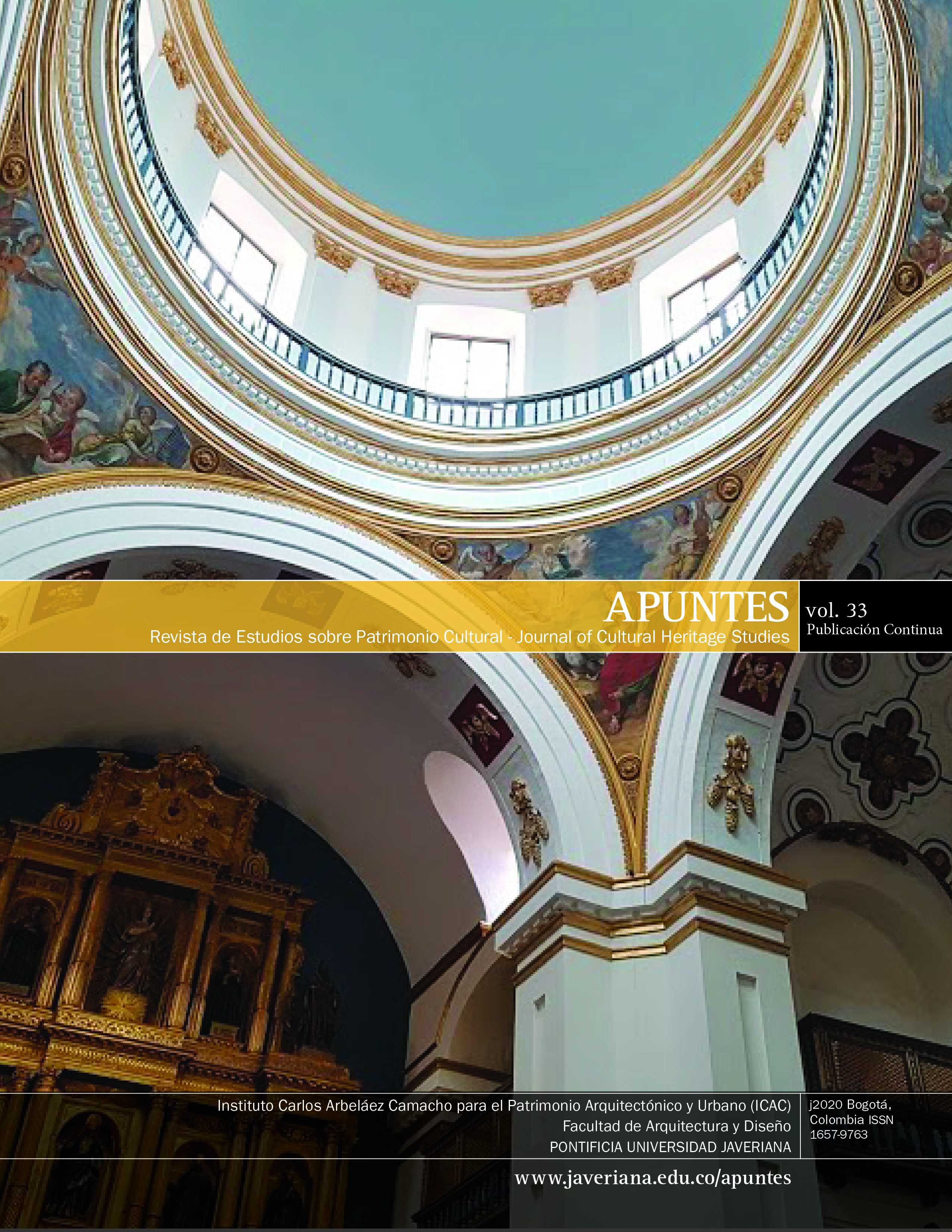Resumen
A partir de la incorporación definitiva de la Argentina a la división internacional del trabajo hacia 1880, el capital británico ocupará un lugar destacado en la creación de una extensa red ferroviaria. En este contexto, Ingeniero White, fundado como localidad portuaria, está íntimamente ligada a la empresa de capitales británicos del Ferrocarril del Sud, que en septiembre de 1885 habilitó un muelle de hierro al cual llegaban las vías del ferrocarril. También recibió el primer contingente de inmigrantes en 1911, cuando se intentaba encauzar su localización en el interior del país. Este proceso de desarrollo posibilitó que el puerto de Bahía Blanca y la localidad de Ingeniero White presenten una diversidad de componentes culturales de significancia histórica para la sociedad local.
Sin embargo, el avance de una dinámica apática patrimonial por parte de actores políticos y económicos (Pinassi, 2018) ha derivado en un proceso de degradación que activó reclamos y proyectos que aspiran a preservar este patrimonio cultural asociado a la actividad ferroportuaria. Por ello, a fin de preservar el patrimonio, y de contrarrestar aquellos acontecimientos que lo pusieron en peligro, en el año 1987, por iniciativa de un grupo de vecinos, se crea el Museo del Puerto, primer museo portuario de la localidad de Ingeniero White. Posteriormente, en el año 2003 nace Ferrowhite, instalado en el edificio que fuera taller de la usina General San Martín.
Este trabajo pretende analizar el rol que cumplen los museos de la localidad de Ingeniero White en la preservación del patrimonio portuario. Para ello, se examinarán las diferentes estrategias que llevan a cabo dichos museos a los fines de posibilitar la puesta en escena del testimonio histórico de cada bien cultural, sensibilizando la opinión pública, contribuyendo a la educación cultural de la comunidad local y al fortalecimiento de la identidad.
Azpiazu, D. (2005). Las privatizadas. Ayer, hoy y mañana. Capital Intelectual.
Ballart, J. (1997). El Patrimonio Histórico y arqueológico, valor y uso. Ariel.
Ballart, J., y Juan i Tresserras, J. (2001). Gestión del Patrimonio Cultural. Ariel.
Bazin, G. (1969). El Tiempo de los Museos. Ediciones Daimon.
Blud, L. M. (1990). Social interaction and learning among family groups visiting a museum. Museum Management and Curatorship, 9(1), 43-51.
Casasola, L. (2002). Turismo y ambiente (2ª ed.). Trillas.
Cristiano, G. (2019). Fotos [perfil de Instagram]. http://www.instagram.com/gabrielacristiano_
Edson, G. (2007). Gestión de los museos. En Unesco (Ed.), Cómo administrar un museo, manual práctico (pp. 133-145). Unesco.
Fernández Alonso, L. (1999). Introducción a la nueva museología. Alianza Editorial.
Ferrowhite. (s. f.). Ferrowhite Museo Taller. http://ferrowhite.bahiablanca.gov.ar/hecho.htm
Fressoli, M. G. (2013). Formas críticas del recuerdo en los Museos de Ingeniero White: Mirada y temporalidad, el recuerdo como experiencia. Papeles de Trabajo, 7(11), 237-258. https://ri.conicet.gov.ar/handle/11336/27487
Hernández Hernández, F. (1992). Evolución del concepto de museo. Revista General de Información y Documentación, 2(1), 285-298. https://revistas.ucm.es/index.php/RGID/article/view/RGID9292120085A/11902
La Nueva. (2008). La historia viva... construida por los vecinos. https://www.lanueva.com/nota/2008-7-13-9-0-0-la-historia-viva-construida-por-los-vecinos
La Nueva. (2017). White: la Rambla de Arrieta se muestra en la Bienal de Valparaíso. https://www.lanueva.com/nota/2017-11-12-8-9-0-white-la-rambla-de-arrieta-se-muestra-en-la-bienal-de-valparaiso
Liberali, A. (1994). Historias Whitenses. Editorial del Museo del Puerto.
Morales Moreno, L. (1996). Qué es un museo. En L. Morales Moreno (Coord.), Nueva Museología Mexicana (Parte 1, pp. 59-104). Cuicuilco.
Moutinho, M. (2012). Nueva Museología de ayer, Sociomuseología de hoy: de los procesos históricos a las tendencias actuales. RdM. Revista de Museología, 53, 20-34.
Museo de Ferrowhite (s. f). Museo. http://ferrowhite.bahiablanca.gov.ar/museo.htm
Museo del Puerto. (s. f.). Blog Museo del Puerto. http://museodelpuerto.blogspot.com/
Museo del Puerto. (2013). Blog Museo del Puerto. Papeles Públicos. http://museodelpuerto.blogspot.com/p/papeles-publicos.html
Museo Taller. (s. f.). Blog del Museo Ferrowhite. http://museotaller.blogspot.com/
Nueva Época. Volumen 3, Número 7, Mayo / agosto 1996. México DF: Escuela Nacional de Antropología e Historia.
Paunero Amigo, X. (2001). Misiones jesuíticas, patrimonio de la Humanidad. Algunos planteamientos para la ordenación del turismo. En A. Cebrián Abellán (Coord.), Turismo cultural y desarrollo sostenible. Análisis de áreas patrimoniales (pp. 131-148). Murcia.
Pinassi, C. A. (2018). Conflictos en torno al patrimonio cultural de Ingeniero White (Bahía Blanca, Argentina). Cuadernos de Antropología Social, 48, 91-110. http://doi.org/10.34096%2Fcas.i48.4100
Prats, Ll. (2005). Concepto y gestión del patrimonio local. Cuadernos de antropología social, 21, 17-34.
Prefectura Naval Argentina. Departamento de Estudios Históricos Navales (s. f.). Archivo Histórico Militar Nacional. https://www.argentina.gob.ar/defensa/archivos-abiertos/instituciones-de-archivo/departamento-de-estudios-historicos-navales
Puliafito, C. (2010). La Bahía Blanca: Primero el puerto (pp. 1-6). Consorcio de Gestión del Puerto de Bahía Blanca. https://docplayer.es/15615442-La-bahia-blanca-primero-el-puerto.html
Puliafito, C. (2012). El Puerto Viejo (pp. 1-15). Consorcio de Gestión del Puerto de Bahía Blanca. http://www.puertobahiablanca.com/identidad/periodo2-articulos.asp
Roppola, T. (2013). Designing for the museum visitor experience. Routledge.
Saldías, A. (1958). Historia de la Confederación Argentina (Tomo II). Orientación Cultural Editores.
Unesco. (2015). Recomendación relativa a la Protección y Promoción de los Museos y Colecciones, su Diversidad y su Función en la Sociedad (pp. 14-20). Organización de las Naciones Unidas para la Educación, la Ciencia y la Cultura. https://unesdoc.unesco.org/ark:/48223/pf0000245176.page=14
Zingoni, J. (2010). Arquitectura ferroportuaria en Bahía Blanca, 1880-1930. EdiUns.

Esta obra está bajo una licencia internacional Creative Commons Atribución 4.0.


